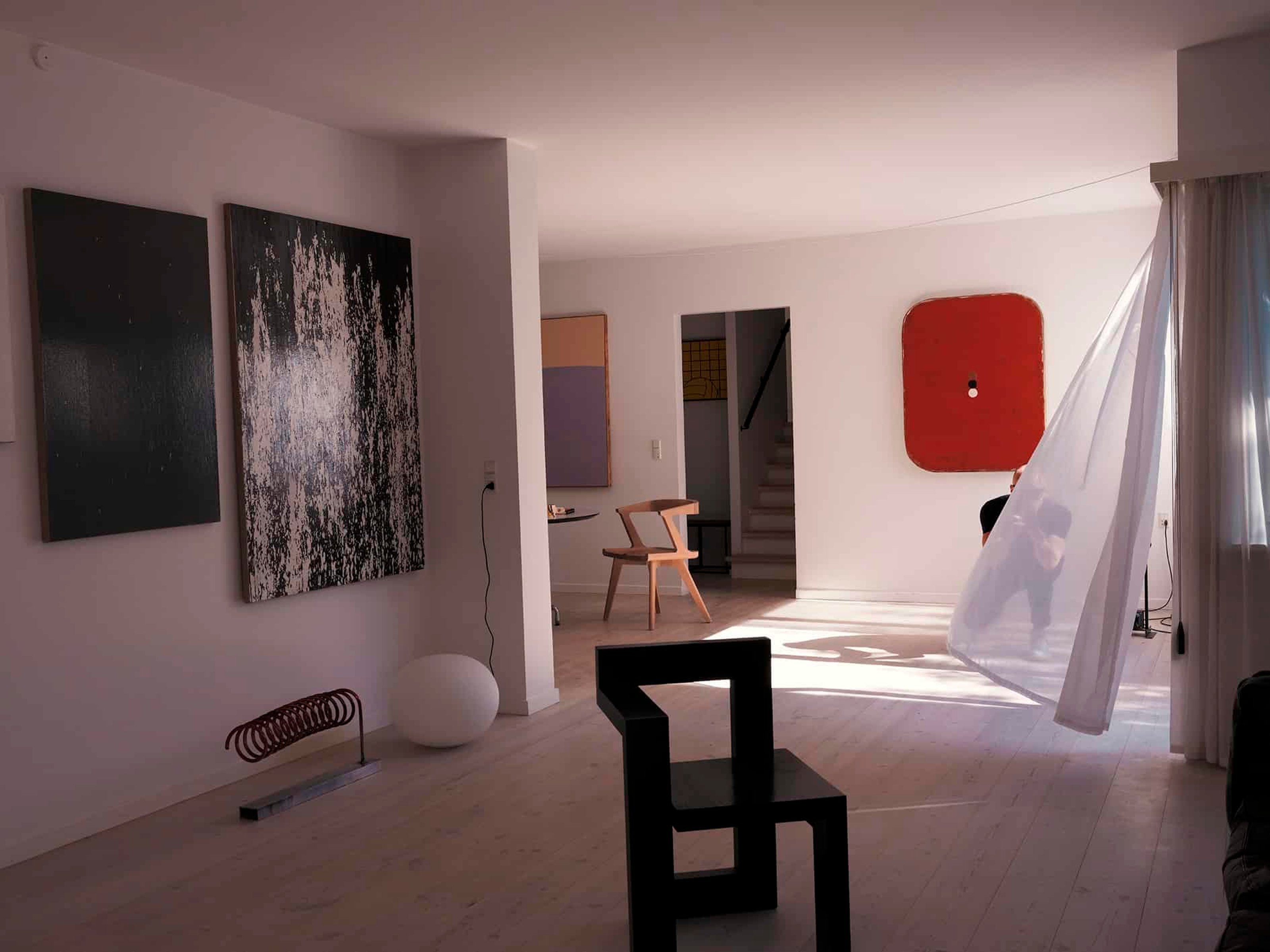
Follow Peter Ibsen’s Collection on Collecteurs
The first time Peter Ibsen wanted to buy art he was inside his car, driving by a gallery’s display window. Fortunately, though, he was too late. A few days later — while finding himself at the artist’s studio of the already-sold painting — it was right there that art turned into the dominant force in Ibsen’s life. Today, 20 years later, the Copenhagen-based collector and curator couldn’t imagine existing any other way. And neither does he need to.
Running several self-initiated art projects — like Copenhagen Contemporary, a blog which primarily focuses on getting to know the artist behind the work, as well as the gallery Sunday-S — the Danish entrepreneur presents a promised land for emerging artists whose practice rests anywhere between the abstract and minimal. Up-to-date with the world’s ever- changing ways, his mindset welcomes contemporary evolution in the arts. Ibsen believes in keeping alive the tradition of experiencing art in physical form; how else will we getting in touch with our feelings and who we really are?

Yet Ibsen doesn’t want to establish a defined set of rules when it comes to coexisting with art in his home. Coming across a black chessboard painting by Gregor Hildebrandt at a group exhibition in 2008, the initial animosity towards the piece essentially resulted in selling his entire collection — an ample, colorful representation of figurative works — and begin from scratch; ultimately designating Hildebrandt as the head lead of Ibsen’s impending, monochrome utopia. Just like with human relationships, the collector becomes attached to the art he (sub)consciously decides to fall for.
But like it so happens with people — and life in general — we move on. So if, and when, an instance of change arrives at the very threshold of our world, the fairest thing we can do, is live it. Because only then can we assume, we’ve lived as best as we could.
Collecteurs: The first time you saw Gregor Hildebrandt’s work at a group show you were quite irritated—a black chess board, seemingly void of anything. Days after the show you decided to go back and buy the work because it hadn’t stopped bothering you. By now his work basically dictates your collection’s general feel. What provoked you?
“It’s become about flipping through images on Instagram. We consume so many images every day — like, unlike, follow, unfollow, etc. And if or when we see the work in real life, we don’t even look at it anymore.”
Peter Ibsen: I returned to the show on a weekly basis, checking out a figurative and colorful work I had intended to buy. The black Hildebrandt irritated me over many weeks, and when I came to pick up the other work, I changed my mind and decided I had to get the Hildebrandt instead.
The provocation, I think, came down to the fact that I just didn’t get the work. I couldn’t understand how something so ‘simple’ (it lacked color and figuration) could be ‘art.’ It actually pissed me off. In some way my eyes had been subconsciously trained to believe that art needed to be colorful and enjoyable, and easy. What a big mistake. This very experience opened the door to a world where suddenly I had to look, learn, read, and focus more. The less you see, the more you have to look.
C: Do you think these changes have contributed to art’s general welfare, or has it also complicated matters? I suppose this very opinion also ranges from the perspective of a collector to that of a gallerist?
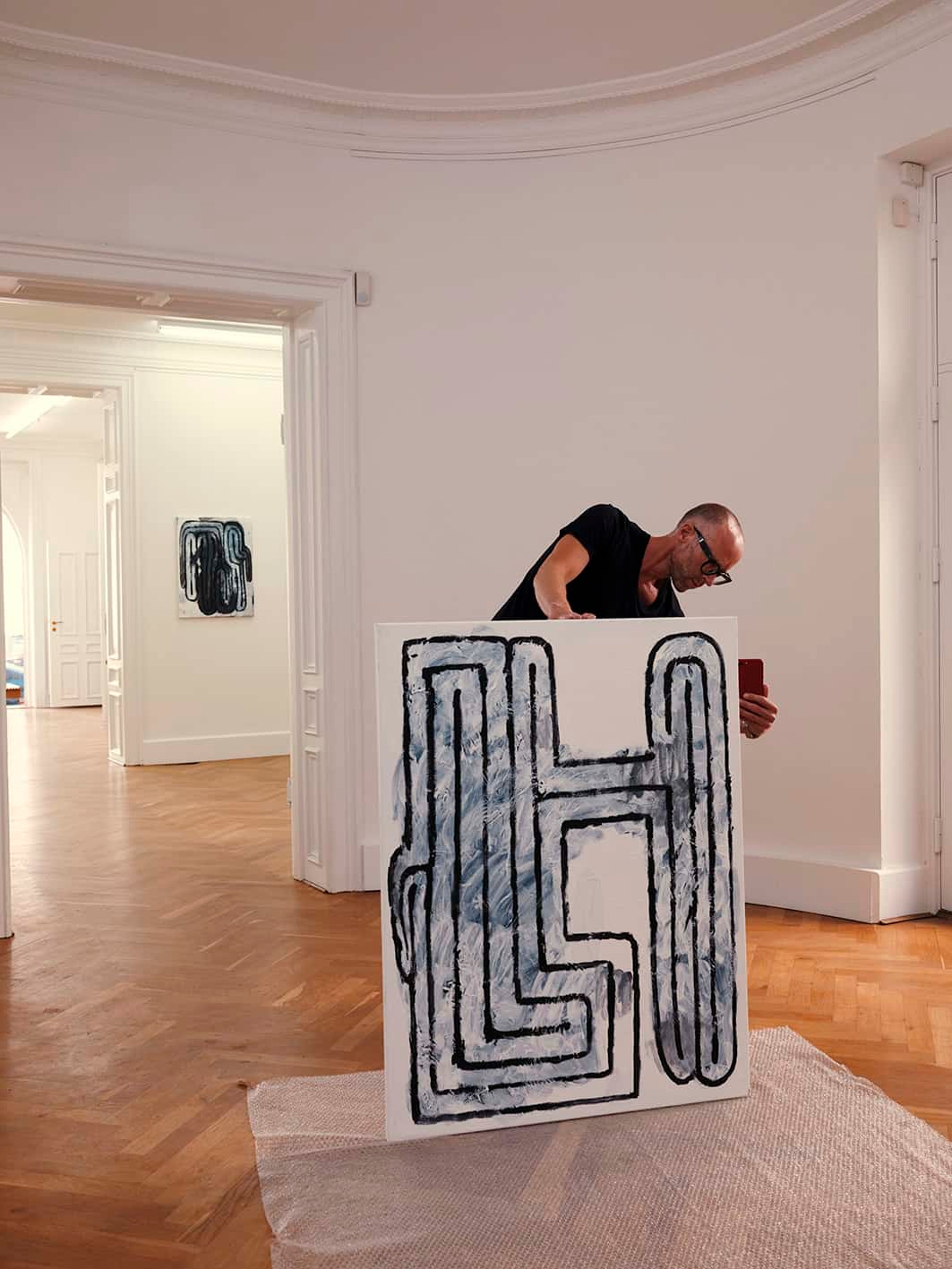
PI: There are two sides to it… On the one hand it’s very positive that more people are interested in art, and that it has been ‘forced open’ by several new factors, like social media. On the other hand, though, it also has the opposite effect, where we barely look at the real work anymore.
So, yes, these contemporary changes have definitely complicated art in many ways.
**C: In terms of art, has the nature of this type of provocation changed over the past years?
**
PI: Hmm, that’s a tough one. I’m not sure it has changed. But it helped me to create a set of guidelines or ‘rules’ as to what and when I could add either a new work or a new artist to my collection. I was at a tipping point and didn’t want to turn back. I try not to collect many different artists, just a few, so I can have many works by them.

C: Is provocation still a domineering incentive to be enamored by an artwork?
PI: No, it doesn’t need to be like that. In many ways, though, it does play a role, and it has become part of my decision-making. I don’t look at art and say to myself, “it HAS to be provocative.” But I like it when I don’t really get what’s going on, and not everything is just served on a plate for you. 80% of what I don’t see has to be there and it needs to force me to dig deeper and try to understand.
C: After starting to buy works that were more inline with monochrome aesthetics, you eventually decided to sell your first collection that predominantly consisted of colors. In ways, it seems completely drastic to get rid of everything that at some point defined parts of one’s history. Especially ethically speaking, since you seem to be personally attached to the work and the artists you support. Was this erasure about installing some kind of harmony within the collection to-come? What were the motivations behind selling the old collection before starting a new one?
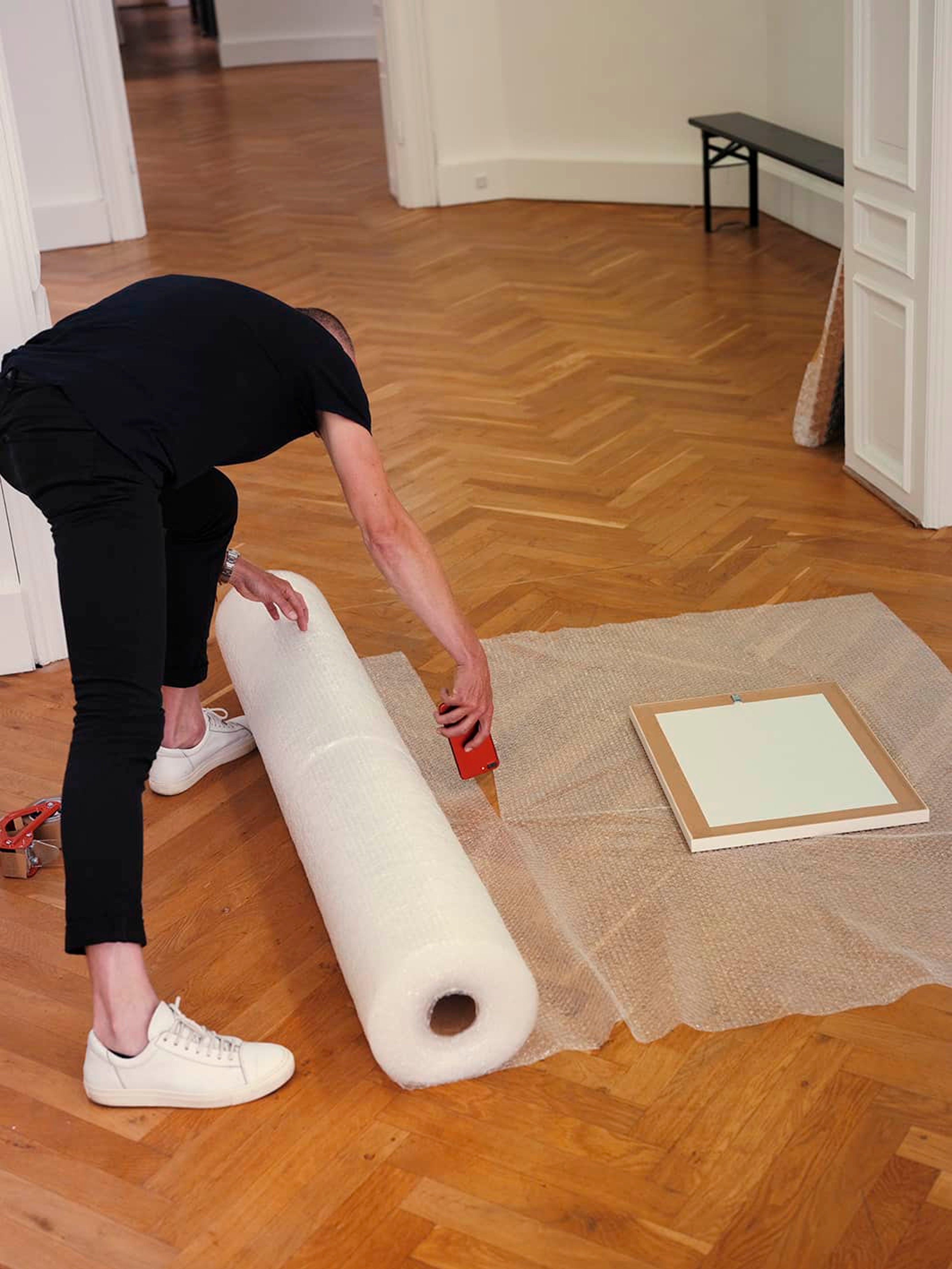
PI: I know that it was drastic, but it was necessary in order to move forward. I can see why it’s ethically wrong, but it helped me to get even more into collecting, as well as supporting artists with a stronger focus. Essentially, it was the catalyst that fueled the addiction to art.
The motivation — if that’s even the right word — for selling the previous collection was to create a precise set of rules and guidelines for the new collection. It was far from being planned; it just happened. Kind of like a light switch, on or off. I’m very committed to the artists in my collection, and try to support them in as many ways as possible. I don’t just buy works, but share them and try to help others understand their background. If and when I sell works, I always put the money back into new works of art. I would much rather spend my money on art, than an expensive car.

C: You spoke about employing rules within your collection. Can you talk about that?
PI: I had to ‘create’ a set of rules. Otherwise I would have been shooting all over the place. I fall in love too easily with works of art, so I had to set up some kind of guard to not go crazy. It’s still intuitive, in many ways, and romantic… But more so in being faithful to a few and not too many artists. I can, and do many times fall in love with a work that doesn’t fit my collection, which is fine. I can’t own everything.
C: You also work as a curator. I imagine it can also be hard to live your professional practice alongside your passion for collecting. How do you ensure your personal taste doesn’t interfere with your professionalism? It seems hard to stay completely biased… but perhaps there’s also no need to?
PI: That’s a good question. I think it’s all connected, and every artist or work I want to show is always a reflection of my personal taste and passion. So in many ways it’s a mirror of my own collection. I don’t see a need not to be biased.
C: You have actively used Instagram to discover new artists. A new method that seems very useful and practical. Yet, in ways, it also demands that we encounter art differently. Do you think there’s anything at stake, gradually moving towards a virtual means of contact with art? Would it help us to stop romanticizing past ways of engaging with art? Actually, is art still a lot about nostalgia?
PI: No, we should never stop romanticizing and always try to physically experience art and artists, and people. I understand that many have a dislike of the Instagram world of art. But there are so many positive elements and “side-effects” of Instagram and by viewing art “online” in general. I think it opens up the world of art to many, who didn’t dare walk into a gallery before.
It still is a bit scary and frightening to walk into a gallery for the first time. And, yes, art is still loaded with passion and nostalgia, and that will never change.
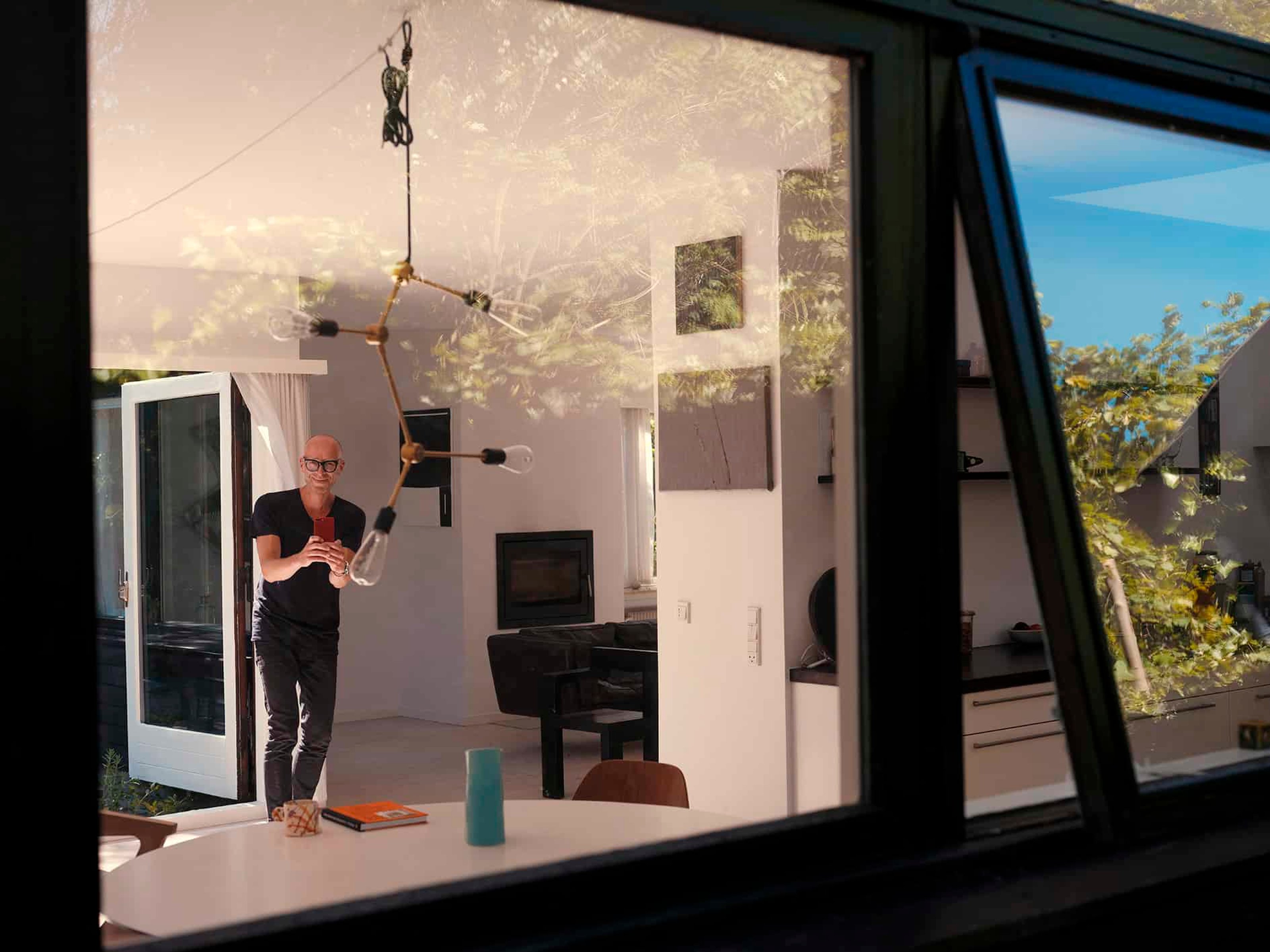
C: I’m just afraid that this new method of interacting will also eventually lead to certain consequences of alienation. Being the founder of Sunday-S Gallery, what changes have you experienced in particular these past years, especially with the active use of social media?
PI: I have noticed some changes the past year. I see more and more artists shying away from being too active on Instagram, or even going offline/ deleting their profiles, which in many ways might be a good thing. It’s easy to get caught up in the “how many likes” game and such. It can have a negative effect on the creative process when putting too much thought into a like, or a post.
I’m really not a big fan of artists promoting their finished works on Instagram. I’ve also noticed that it’s easier to get in contact with younger, new collectors that want to learn and start buying their first works. This is one of the positive effects of Instagram and other social platforms — it opens up the world of art to a larger audience.

One thing that hit me within these last few months, and especially after founding Sunday-S, is how extremely hard it is to be an artist. I meet so many talented and gifted artists that are fighting to get a show, get noticed, just to get their name out there. When you are on the collector side of the table — as I was for many years, and still am — you rarely see the other side of the industry.
These artists — young or old, unnoticed or forgotten — deserve so much more respect than a like, or a flip of a JPEG. It’s truly an eye-opener to meet and feel their lives. When I was just a collector, I had no idea. The same also goes for gallerists. It’s tough, and it’s so much hard work. It’s not just chilled white wine and fancy parties every Friday.
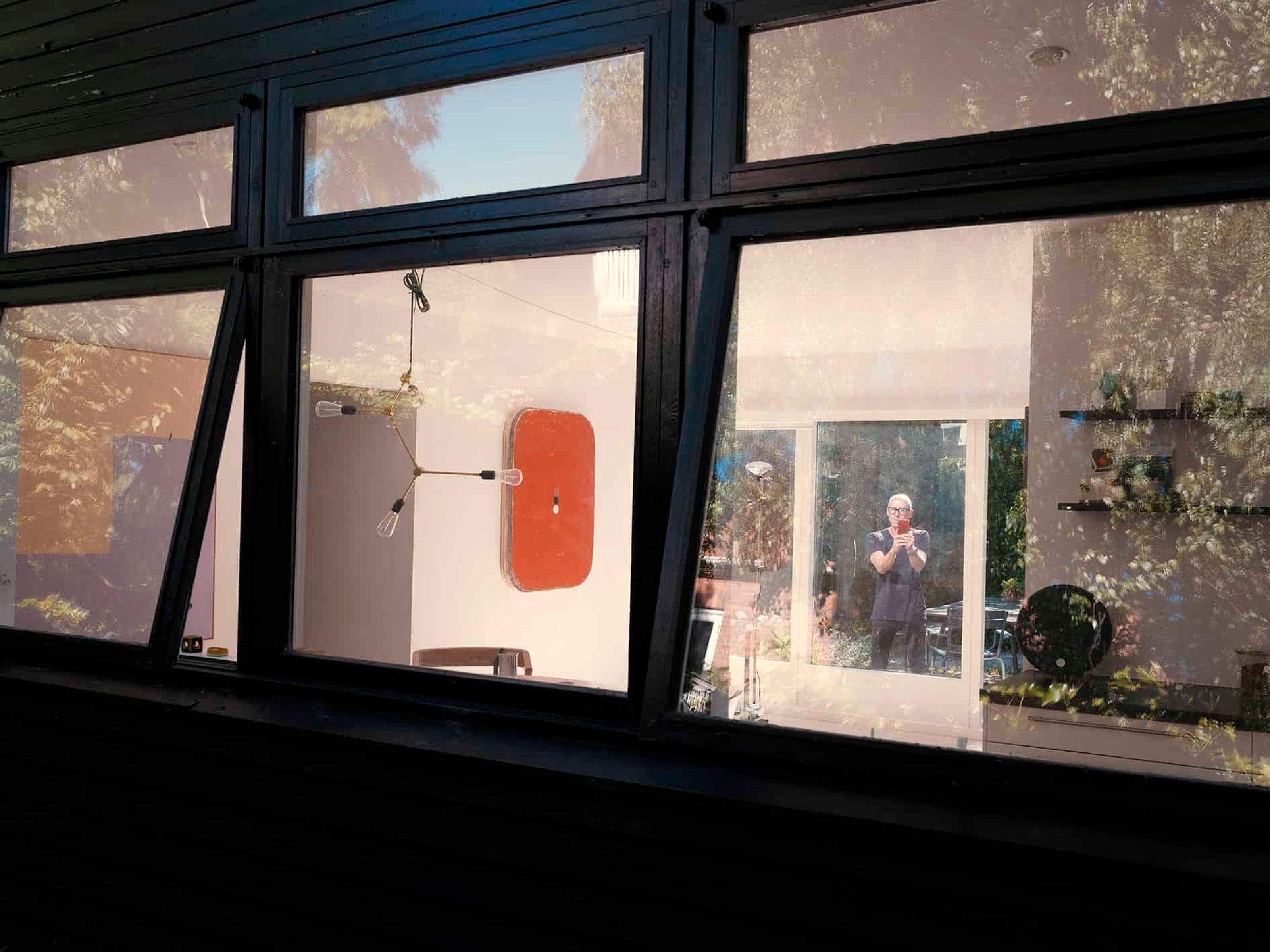
C: Does the increasing use of social media change the art market in any direct manner?
PI: Yes, in many ways. Both positive and negative, but the usage of social media is here to stay and growing. So we all need to learn to navigate our way through it.
C: In these decades to come, do you think the gallery model as we still know it today, will completely cease to exist? As a collector, how do you feel about the possibility of owning things virtually one day?
PI: I’m sure we’ll still have the gallery model. It may need to adapt in some ways, but I think we need to have the physical space, and not just art fairs or online platforms. I’m not sure I’d like to own things virtually…
